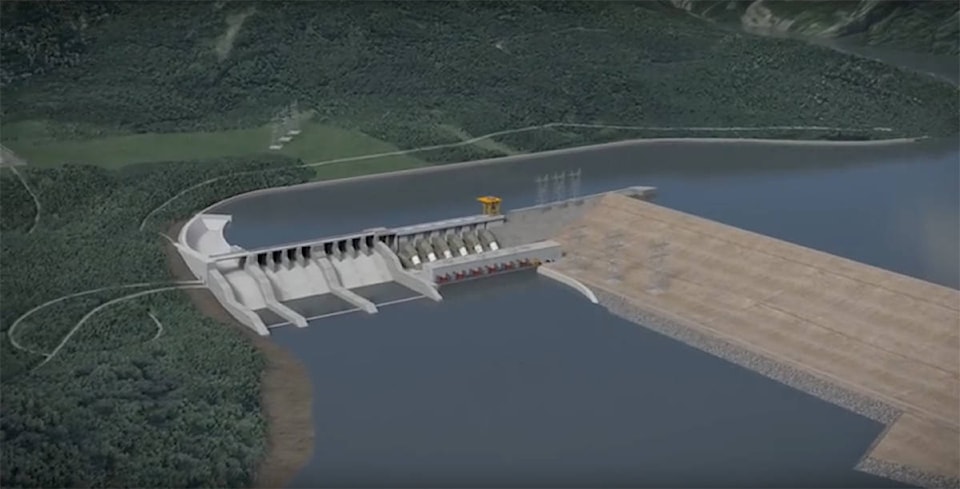In the next three weeks the NDP will decide the fate of the largest public infrastructure project in BC history, the Site C Dam. I say build it, here’s why.
You may recall, before the last federal election, a very large, far left environmental faction within the NDP were pushing for the party to endorse the Leap Manifesto, calling for Canada to get 100 per cent of its energy from renewable sources by 2050. How this can be achieved is described in a background document ‘Providing all global energy with wind, water, and solar power…’ authored by faculty of the University of California and Stanford.
I agree that society should be moving towards renewable energy sources, as quickly as possible, in a manner that maintains our standard of living, economy, and fiscal well-being.
The authors estimate the combined number of wind turbines, solar plants, geothermal plants, hydroelectric power plants, wave devices, and tidal turbines it would take to power the world for all purposes. They propose to include 270-1,300 megawatt hydroelectric power plants in their combined list.
So how many renewable energy generation sources would we need in Canada to replace fossil fuels?
Every year in Canada we consume ~ 10,000 petajoules of energy, ~70 per cent of which comes from fossil fuels. The Site C dam will produce 1,100 megawatts of energy operating at peak capacity, and 680 megawatts of energy operating at average capacity.
Converting units, we would require 326 Site C dams operating at average capacity to generate the energy we get from fossil fuels in Canada.
Similarly, a solar farm that would produce 1,100 MW of electricity, like the Site C dam, would require approximately 189 km2 of land area. The Site C dam’s reservoir is just 55 km2 in area.
This is just the production side. We would also require massive enhancements of electrical transmission infrastructure, and need to convert all boilers, furnaces, engines, etc, to electric units. No small task.
If as a society we plan to actually transition to a low carbon economy, we must start building infrastructure such as the Site C dam, and other renewable energy infrastructure such as solar, geothermal, wind, and their associated distribution infrastructure, to create the energy we need to allow us to transition away from fossil fuels.
Let’s get started, by building one Site C dam.
David Gerein
Prince George
SOURCES
National Energy Consumption; https://www.nrcan.gc.ca/sites/www.nrcan.gc.ca/files/energy/pdf/EnergyFactBook_2016_17_En.pdf (Chapter 10, note secondary consumption has gone up to ~10,000 PJ since 2013)
Leap Manifesto Proposal to Power The World With Renewables; http://web.stanford.edu/group/efmh/jacobson/Articles/I/JDEnPolicyPt1.pdf (Abstract)
Site C Dam Capacity; https://en.wikipedia.org/wiki/Site_C_dam
Site C Reservoir Size; https://globalnews.ca/news/1728749/everything-you-need-to-know-about-the-site-c-dam/
Solar Farm Reference; https://en.wikipedia.org/wiki/Sarnia_Photovoltaic_Power_Plant
